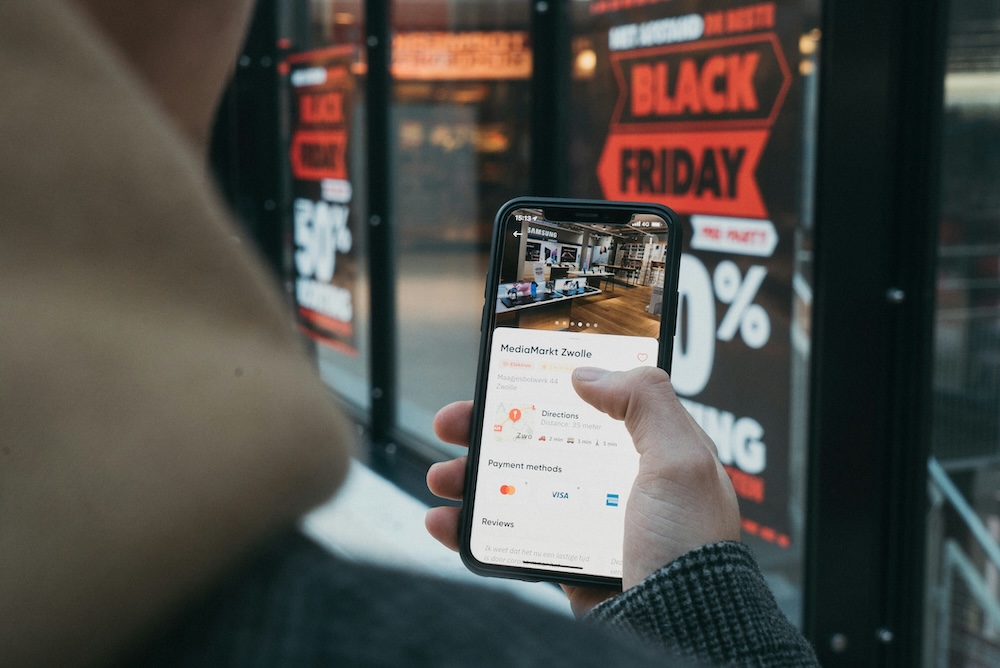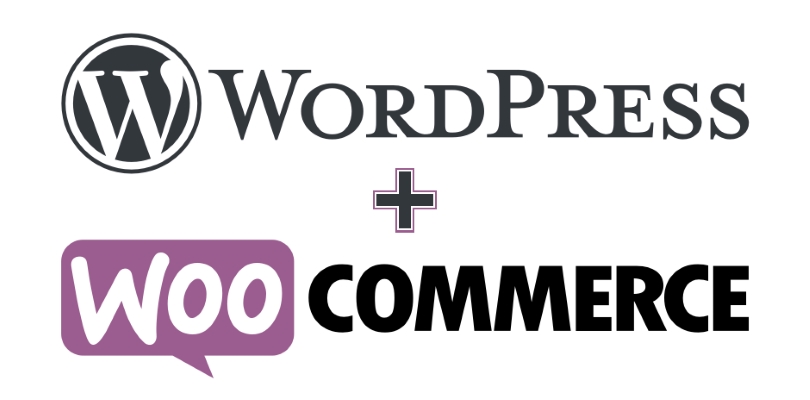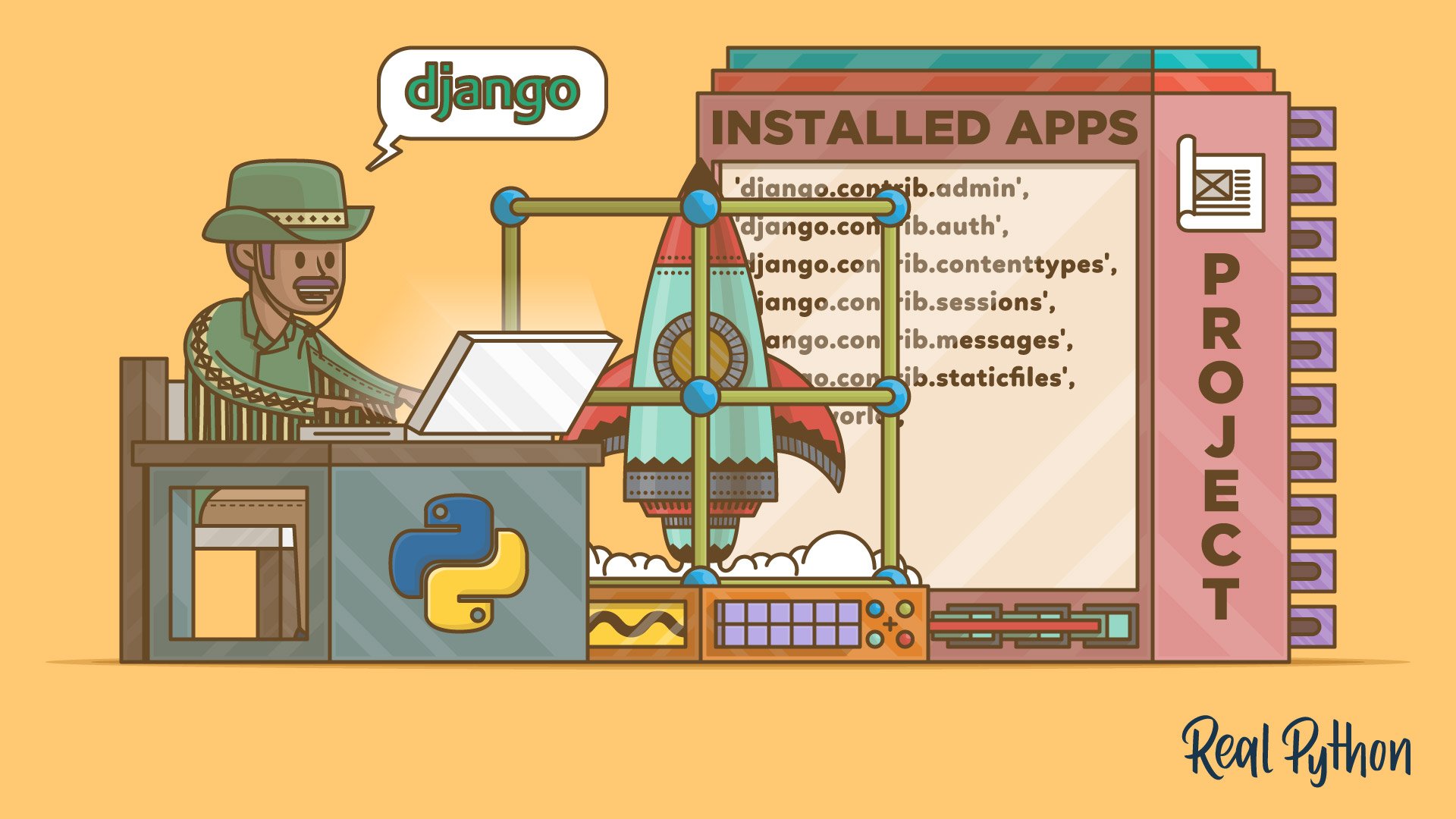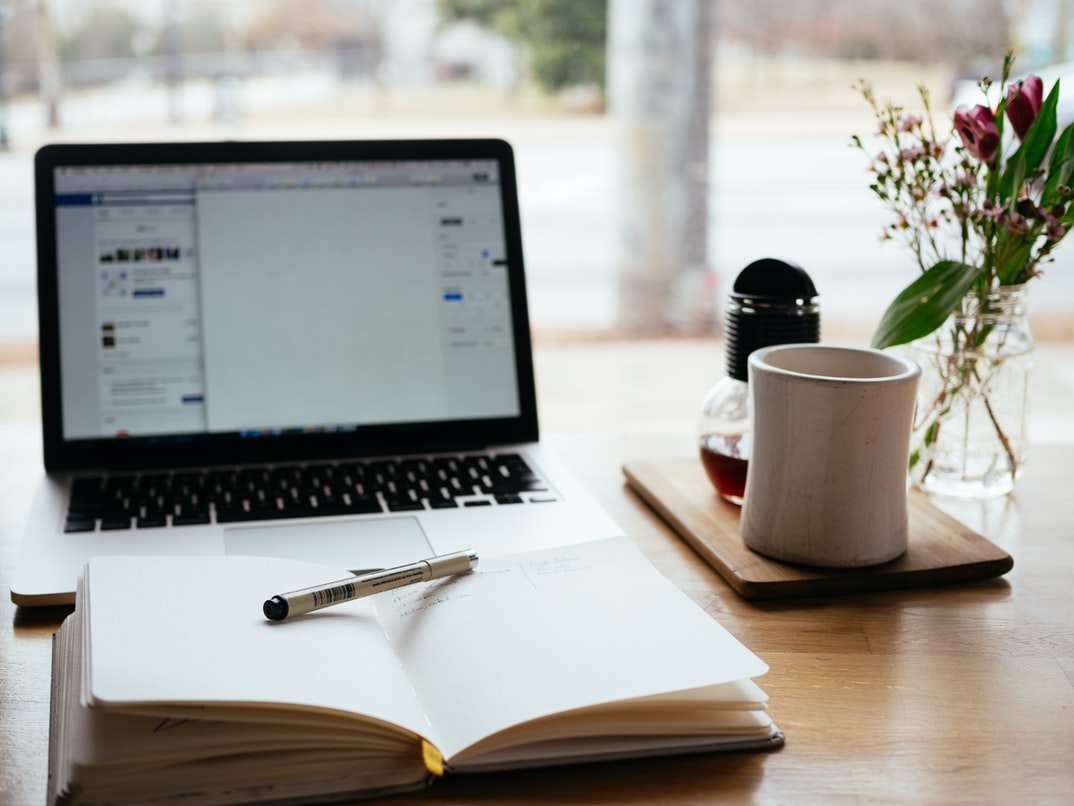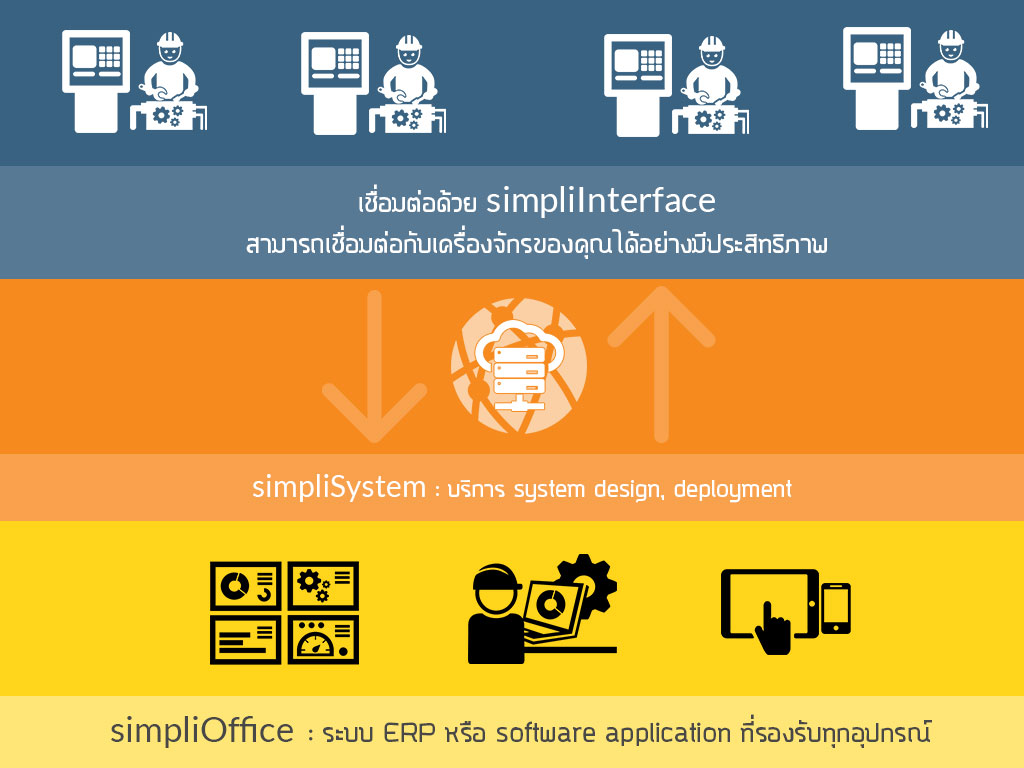Design and Optimize Your Website: A Comprehensive Guide for Business Owners and IT Managers
In today’s digital-first world, your website is often the first impression your business makes on potential customers. A well-designed and optimized website can drive traffic, increase conversions, and establish trust. Whether you're a business owner or an IT manager, understanding how to design and optimize a website is essential for success. Here’s a guide to help you achieve these goals.
Why Website Design and Optimization Matter
- First Impressions Count: Studies show users form an opinion about your website in less than a second. A professional design instills confidence and credibility.
- SEO Performance: Search engines favor websites that load quickly, are mobile-friendly, and provide a great user experience.
- Higher Conversions: A user-friendly website encourages visitors to take action—whether it’s purchasing a product, signing up for a newsletter, or contacting your business.
- Brand Differentiation: Your website can set you apart from competitors by showcasing your unique value proposition.
Step 1: Designing an Effective Website
1. Know Your Audience
- Understand your target users’ needs and preferences.
- Create buyer personas to guide design and content decisions.
2. Keep It Simple
- Avoid clutter. Use a clean, professional layout with ample white space.
- Stick to a cohesive color scheme and typography that aligns with your brand.
3. Focus on Navigation
- Use a clear menu structure with intuitive categories.
- Include a search bar for easy access to specific information.
- Add breadcrumbs to help users backtrack without frustration.
4. Prioritize Visual Hierarchy
- Highlight key elements like calls-to-action (CTAs) using size, color, or placement.
- Organize content to guide users’ eyes to the most important information first.
5. Optimize for Mobile
- Implement responsive design to ensure your website looks great on all devices.
- Simplify navigation for smaller screens by using drop-down menus or collapsible sections.
6. Build Trust
- Include testimonials, case studies, and reviews.
- Display trust badges, certifications, and security seals (e.g., SSL).
Step 2: Optimizing Your Website for Performance
1. Speed Matters
- Compress images to reduce file size without compromising quality.
- Enable browser caching and use a Content Delivery Network (CDN) to reduce server load.
- Minimize HTTP requests by combining CSS, JavaScript, and HTML files.
2. SEO Optimization
- Use relevant keywords in titles, headers, and meta descriptions.
- Optimize images with descriptive alt text.
- Ensure your website structure supports search engine crawling (e.g., use XML sitemaps and proper internal linking).
3. Mobile Optimization
- Use large, tappable buttons for easy navigation on touchscreens.
- Test your website’s mobile performance using tools like Google’s Mobile-Friendly Test.
- Optimize page load speed for mobile networks.
4. Content Quality
- Provide clear, concise, and valuable content tailored to your audience.
- Update your blog regularly with industry insights, how-to guides, or customer success stories.
- Use multimedia like videos, infographics, and images to make your content engaging.
5. Analytics and Monitoring
- Use tools like Google Analytics to track user behavior and identify bottlenecks.
- Conduct regular performance audits with platforms like GTmetrix or Lighthouse.
- Set up heatmaps to analyze user interactions and improve layout.
Step 3: Key Features to Include
- Fast Loading Times: Aim for a load time of under 3 seconds.
- Clear CTAs: Buttons like “Buy Now,” “Contact Us,” or “Learn More” should stand out and drive user actions.
- Social Proof: Add customer reviews, case studies, and trust signals prominently.
- Contact Information: Make it easy for users to get in touch with a visible phone number, email, or contact form.
Benefits of an Optimized Website
- Increased Engagement: Users are more likely to stay and explore a website that’s fast, attractive, and easy to use.
- Better Search Rankings: A well-optimized site performs better on search engines, increasing visibility.
- Higher ROI: With more traffic and better conversions, your website becomes a powerful marketing tool.
Final Thoughts
Designing and optimizing your website is a continuous process. As technology evolves and user expectations shift, keeping your site updated is crucial. For business owners and IT managers, a great website isn’t just a digital asset—it’s a competitive advantage.
Take the time to assess your current site’s performance and identify areas for improvement. With the right design and optimization strategies, your website can become a hub for business growth and customer satisfaction.
Ready to get started? Begin by evaluating your site speed, user experience, and mobile compatibility. Small changes can lead to big results!
Get in Touch with us
Related Posts
- SimpliPOSFlex. 面向真实作业现场的 POS 系统(中国市场版)
- SimpliPOSFlex. The POS Designed for Businesses Where Reality Matters
- 经典编程思维 —— 向 Kernighan & Pike 学习
- Classic Programming Thinking: What We Still Learn from Kernighan & Pike
- 在开始写代码之前:我们一定会先问客户的 5 个问题
- Before Writing Code: The 5 Questions We Always Ask Our Clients
- 为什么“能赚钱的系统”未必拥有真正的价值
- Why Profitable Systems Can Still Have No Real Value
- 她的世界
- Her World
- Temporal × 本地大模型 × Robot Framework 面向中国企业的可靠业务自动化架构实践
- Building Reliable Office Automation with Temporal, Local LLMs, and Robot Framework
- RPA + AI: 为什么没有“智能”的自动化一定失败, 而没有“治理”的智能同样不可落地
- RPA + AI: Why Automation Fails Without Intelligence — and Intelligence Fails Without Control
- Simulating Border Conflict and Proxy War
- 先解决“检索与访问”问题 重塑高校图书馆战略价值的最快路径
- Fix Discovery & Access First: The Fastest Way to Restore the University Library’s Strategic Value
- 我们正在开发一个连接工厂与再生资源企业的废料交易平台
- We’re Building a Better Way for Factories and Recyclers to Trade Scrap
- 如何使用 Python 开发 MES(制造执行系统) —— 面向中国制造企业的实用指南



